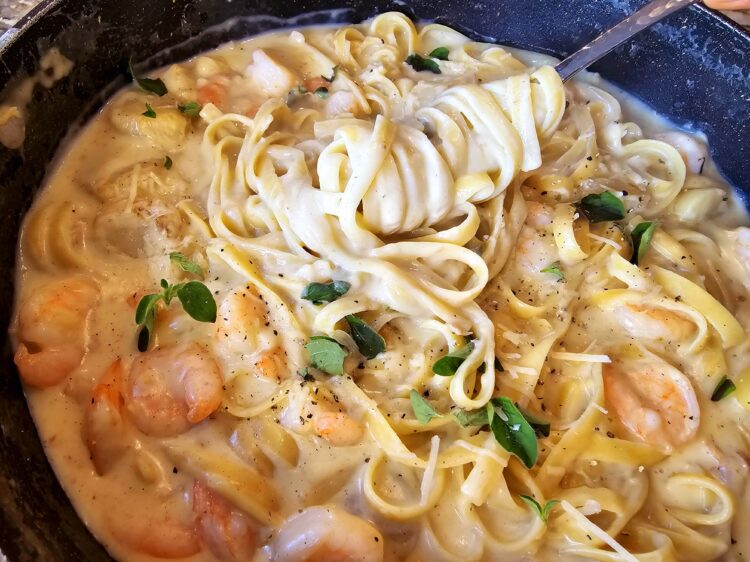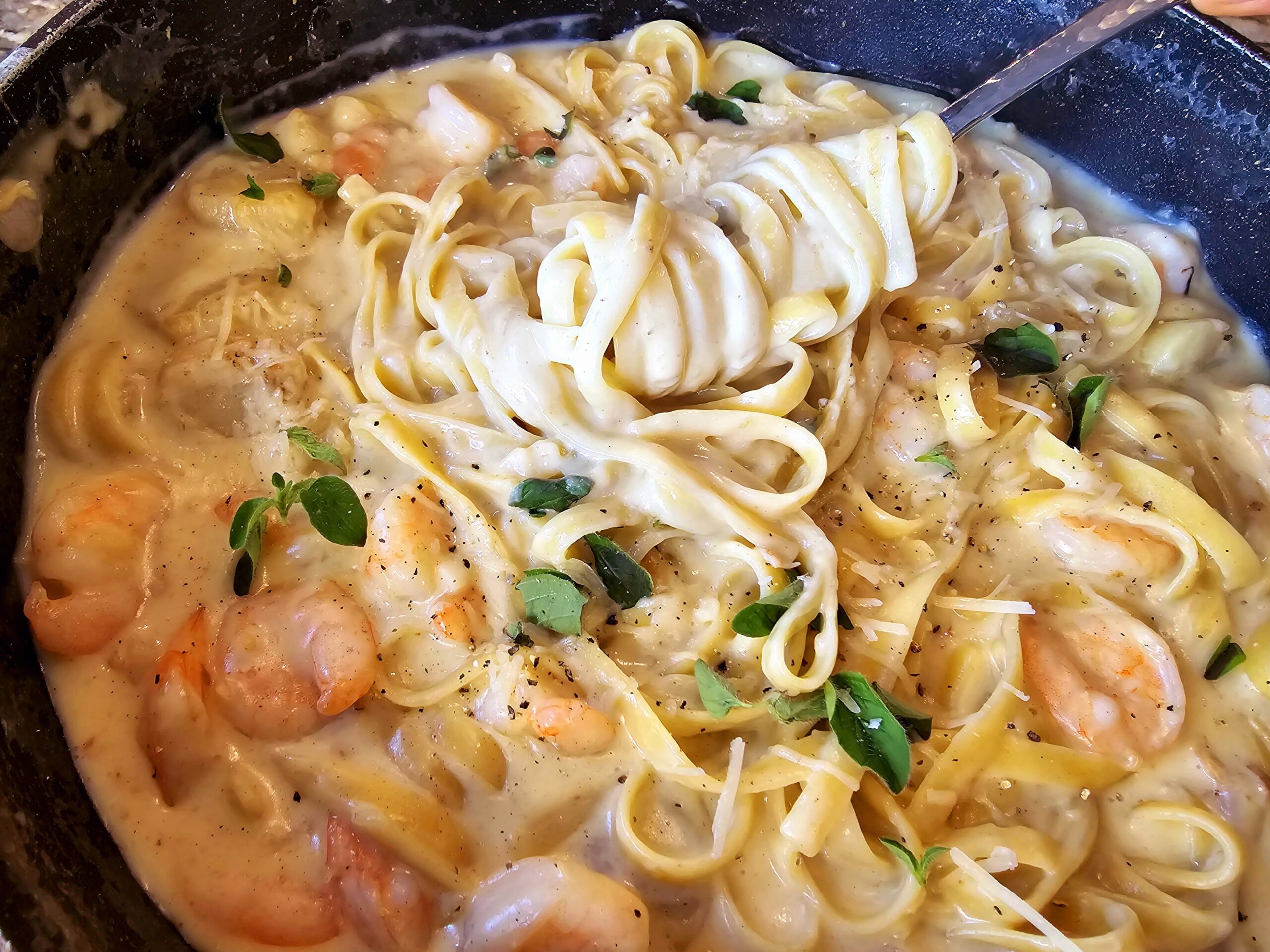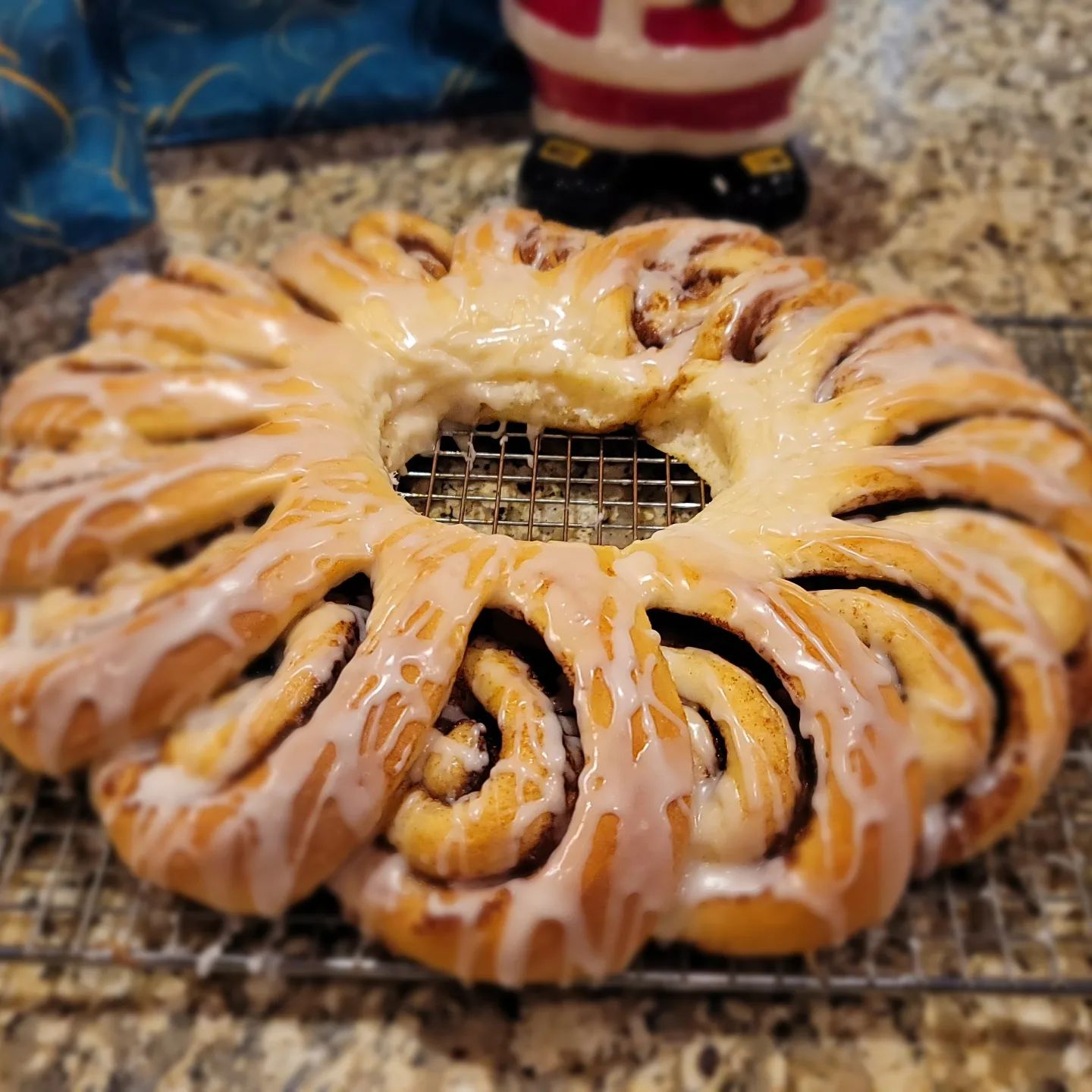Ever crave that rich, dreamy fettuccine alfredo, but feel a bit hesitant when you see the amount of cream in traditional recipes? I know the feeling! For years, I just couldn’t bring myself to use cups and cups of heavy cream for one dish—no matter how delicious. It always felt a little irresponsible, health-wise. So, I thought, why not take all that worry out and still keep the flavors we love? And guess what? This fettuccine alfredo is the answer!
Here’s the secret: no cream. Yes, you heard that right! Instead of relying on heavy cream, we’re using a simple roux and milk, mixed with fresh Parmesan cheese, to create that silky, velvety texture that we all adore. The best part? It tastes just like Olive Garden’s (because, yes, it’s a bit of a copycat!), but way lighter and healthier.
Now, let’s talk food science for a minute. The roux—just a blend of flour and butter—works its magic by thickening the sauce, giving it that classic creamy mouthfeel without needing to drown the pasta in dairy. And the fresh Parmesan? It not only adds a sharp, nutty kick but helps the sauce emulsify beautifully, clinging to every strand of fettuccine. Science-y, right?
But don’t worry, this isn’t a dish you need a degree to whip up! In fact, it’s quick, easy, and super flexible. Got some shrimp? Toss them in. Prefer scallops? Go for it! You can customize it with your favorite seafood, and trust me, you’ll never miss the cream.
So, if you’ve ever hesitated to make fettuccine alfredo at home because of the indulgent ingredients, this recipe is your new go-to. It’s comfort food without the guilt, and I guarantee your taste buds (and waistline!) will thank you.
Fettuccine Alfredo
Ingredients
4 TBSP butter
1/3 cup flour
5 cups milk
2 cubes bouillon cube or 2 tsp of stock powder; if you absolutely dislike the idea of using this, just increase Parmesan by 1/2 cup; you may also need more salt
1 cup Parmesan cheese, grated
1/2 tsp black pepper
salt, to taste
1/4 tsp nutmeg
12 oz dried fettuccine paste
1 TBSP olive oil
1-2 lbs fresh seafood such as medium large shrimp and large scallops scallops
6 garlic cloves, minced
Directions
- Heat oil over medium high heat. Add seafood in a single layer and cook undisturbed for about 2 minutes per side. The cooking time will need to be adjusted based on the size of your seafood. For example, thawed small scallops could be much more economical. Due to their small size, precooking them in step 1 is virtually unnecessary and you can add them in step 4. But larger seafood needs precooking. Plus that will make it benefit from delicious browning thanks to the Mallard reaction that happens during the frying process. Try to cook your seafood about 80% of the way. Once you are near that mark add garlic and cook it for 30 seconds until fragrant. Scrape everything onto a separate plate and set aside.
- Meanwhile, boil fettuccine in a pot of salted water according to package instructions to al dente. However, reduce the cooking time by about a minute or even two, this will ensure your noodles don’t get overcooked. You will finish cooking your noodles in the sauce making them absorb some of those flavours. Once the noodles are just shy of al dente, drain, reserve at least 1.5 cups of pasta cooking water.
- In the meantime, melt the butter over medium heat. Stir in flour and cook it for a minute forming a paste. Add your bouillon cubes and quickly break them down with a wooden spoon. Slowly pour in 1 cup of milk – pour it over a period of about 1 minute while stirring aggressively. If you skip that step and all too much milk, the floury lumps will never come out. As such, you have to keep adding bit by bit of milk until you form a paste. Once all the milk is incorporated, add nutmeg and black pepper. Let the mixture simmer over medium heat for about 4 minutes constantly stirring with a wooden spoon to prevent scorching. Assess your sauce – it needs to be creamy and thick. If it’s too runny when you add the pasta to it – the whole dish will result in being overcooked. So make sure it’s thick enough and you can draw a line with a finger across the back of a spoon.
- At this point, add your seafood and cook it for a minute or so if you parcooked it in step 1. If not, you may need to cook it a bit longer until it reaches the safe internal temperature. But be sure not to overcook. At the same time you add seafood, add your reserved pasta. Realistically, you will only need a minute or two of simmering time. When the pasta is cooked to your liking and your seafood is heated through/cooked through, stir in the Parmesan and remove from the heat. Taste and season with more salt and pepper to taste. Enjoy!



















